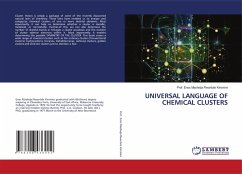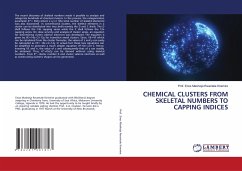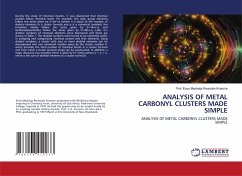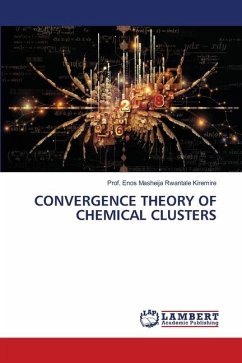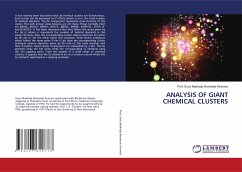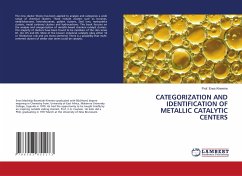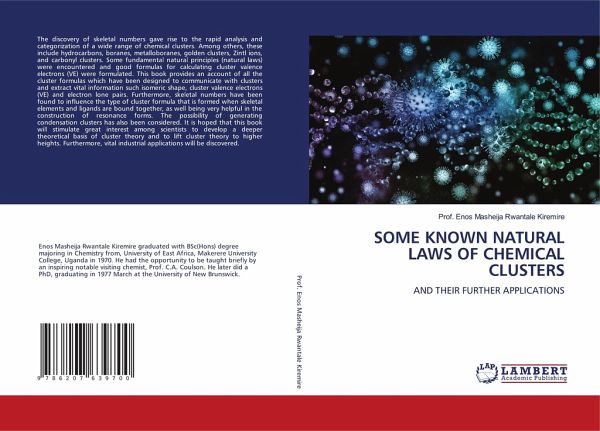
SOME KNOWN NATURAL LAWS OF CHEMICAL CLUSTERS
AND THEIR FURTHER APPLICATIONS
Versandkostenfrei!
Versandfertig in 6-10 Tagen
45,99 €
inkl. MwSt.

PAYBACK Punkte
23 °P sammeln!
The discovery of skeletal numbers gave rise to the rapid analysis and categorization of a wide range of chemical clusters. Among others, these include hydrocarbons, boranes, metalloboranes, golden clusters, Zintl ions, and carbonyl clusters. Some fundamental natural principles (natural laws) were encountered and good formulas for calculating cluster valence electrons (VE) were formulated. This book provides an account of all the cluster formulas which have been designed to communicate with clusters and extract vital information such isomeric shape, cluster valence electrons (VE) and electron l...
The discovery of skeletal numbers gave rise to the rapid analysis and categorization of a wide range of chemical clusters. Among others, these include hydrocarbons, boranes, metalloboranes, golden clusters, Zintl ions, and carbonyl clusters. Some fundamental natural principles (natural laws) were encountered and good formulas for calculating cluster valence electrons (VE) were formulated. This book provides an account of all the cluster formulas which have been designed to communicate with clusters and extract vital information such isomeric shape, cluster valence electrons (VE) and electron lone pairs. Furthermore, skeletal numbers have been found to influence the type of cluster formula that is formed when skeletal elements and ligands are bound together, as well being very helpful in the construction of resonance forms. The possibility of generating condensation clusters has also been considered. It is hoped that this book will stimulate great interest among scientists to develop a deeper theoretical basis of cluster theory and to lift cluster theory to higher heights. Furthermore, vital industrial applications will be discovered.





